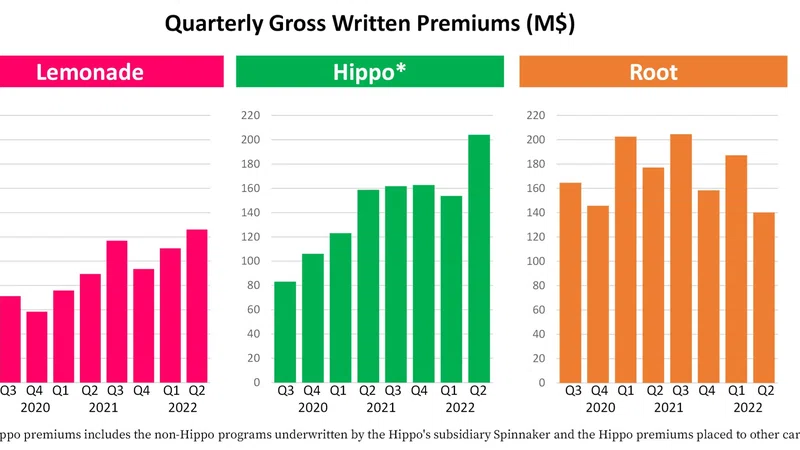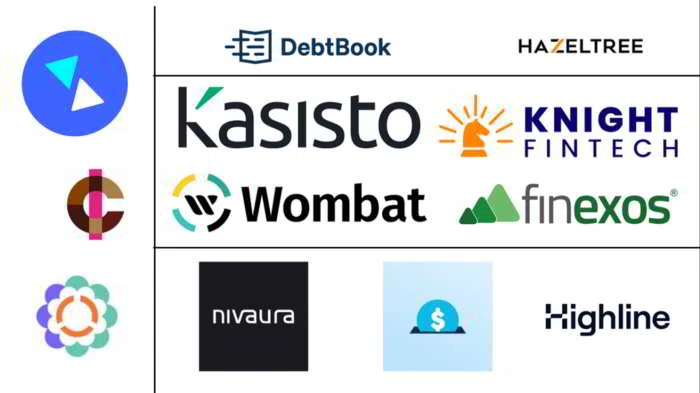The first principle you learn as a Product Manager is a simple one: how to say no. Steve Jobs famously said “I’m actually as proud of the things we haven’t done as the things we have done. Innovation is saying no to 1,000 things.” Building great products, the lesson goes, demands focus. And focus is about saying no – not only to the bad ideas, but to “the hundred other good ideas that there are.” But what if we thought a little differently about things? What if we started by learning to say yes?
Product Management is not about solving problems, it’s about understanding them
Having founded both CurrencyCloud and Railsr (formerly Railsbank), Nigel Verdon is almost the Steve Jobs of the Embedded Finance industry. The first (of many) principles I learnt from Nigel when I began my career in Product Management at Railsr back in late 2017 was also a simple one: assumption is the mother of all f**k ups.
Product Management is not about solving problems – it’s about understanding them. This is particularly true in FinTech – and particularly in B2B FinTech – where products often have many more stakeholders than in other industries. Product Managers don’t just have to understand the needs, pains, and processes of their customers and their Engineering teams; they have to work with Compliance, Sales, Customer Success, Treasury Ops – you name it. Moreover, in the case of B2B FinTech, Product Managers also need to appreciate that their product serves their customer’s customers, adding a new level of integral complexity to the role.
To assume you know what’s best for every one of those experts is to guarantee to disappoint them. The role of the Product Manager is to listen, to empathise, to understand. By doing so, you can effectively communicate the nature of a problem to your engineers, who can focus on delighting the people affected by it with a genuine solution.
Problems aren’t solved by saying no
What does it mean for a Founder or a Product Manager to say no – even if they do it with a smile? To say no to an insight from a customer or a colleague in Operations? To say no to an idea from an Engineer? Sure, it means they’re focusing fully on what they believe to be important. But it also means they’re focusing fully on what they believe to be important – not what the people that matter believe to be important.
When your Product Team culture starts with saying no – when you train Junior Product Managers to say no – you place arrogance, pessimism, and silence at the heart of your organisation, undermining the connections between your Product and its key stakeholders. You undermine your Product Manager’s innate ability to be curious and creative. When stakeholders don’t feel listened to, they stop talking – they stop giving you vital insights into their pains and needs. If you build your product with the belief that you know what’s best for its users, you will soon be the only user of your product.
No one expects you to solve all their problems straight away. What they do expect, however, is for you to want to solve their problems – to believe in them and to empathise with the pain they’re causing. This can only happen if you bias your team towards saying yes first rather than saying no by initially training Product Managers to listen, empathise, and think pragmatically and ambitiously. Just as people stop talking when they don’t feel listened to, they tend to talk more when they do. A Product Team culture that starts with yes generates deep, honest insights from stakeholders across the business that compete for engineering capacity. It builds trust and empowers everyone who depends on the Product to do their job.
What about the Product Roadmap?
Capacity, of course, is limited. Stakeholder problems – particularly in scaling businesses, particularly in FinTech – are infinite. Faced with this challenge, the key reason Product Managers are trained to say no is to avoid building a roadmap that overwhelms the team, over-promises and under-delivers.
But nobody cares if you deliver a Product on time if it doesn’t solve their problems and everyone appreciates that roadmaps are wrong as soon as they’re written down, especially in the complex, regulated FinTech industry. The point of a Product Roadmap is not to communicate to stakeholders when features will be built – it’s to solve the right problems at the right time and communicate your priorities to stakeholders.
Rather than focus on features, learning to say yes allows Product Managers to gather the insights they need to focus on problems and build outcome-based roadmaps that serve stakeholders rather than the Product Manager themselves.
The Language of the Dinosaurs
Great products that delight customers and solve huge problems aren’t built with arrogance, pessimism, and silence. They’re built with empathy, optimism, curiosity, and endless, endless communication: values that are supposed to be the very essence of FinTech.
No is what you hear when you ask if your high street bank can help you with your invoices in the face of the energy price crisis. Yes is what you’ll hear if you go to a solution like Playter, who will let you spread the cost of your invoices over six months.
No is the language of the dinosaur. Fintech should be about saying yes: yes to embedded experiences, yes to affordable credit, yes to great customer service, yes to good API documentation. So why are we building FinTech product teams that start by saying no?












